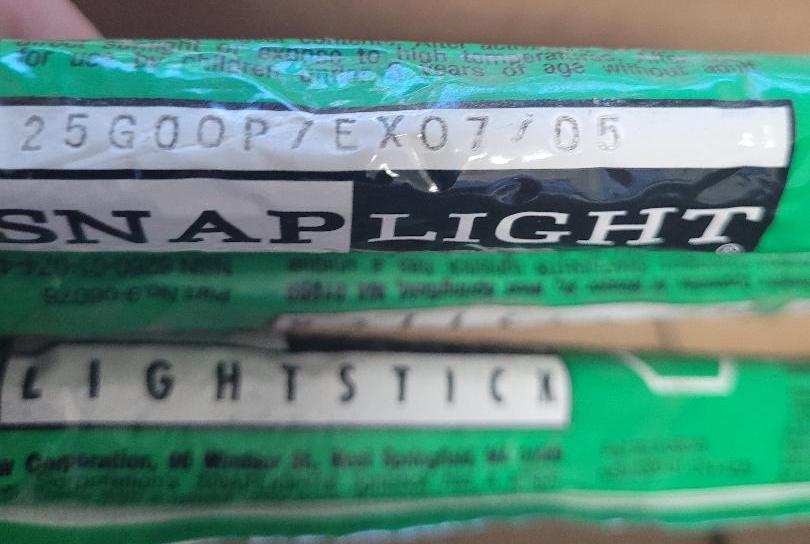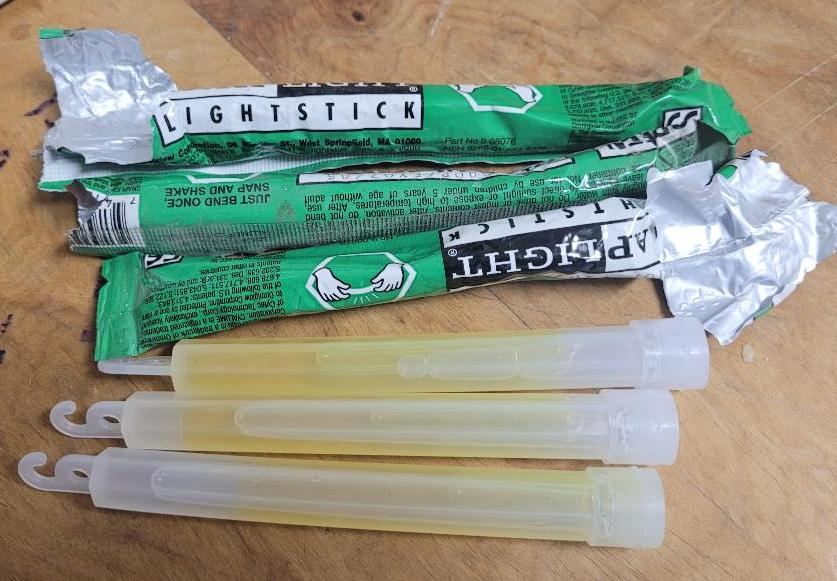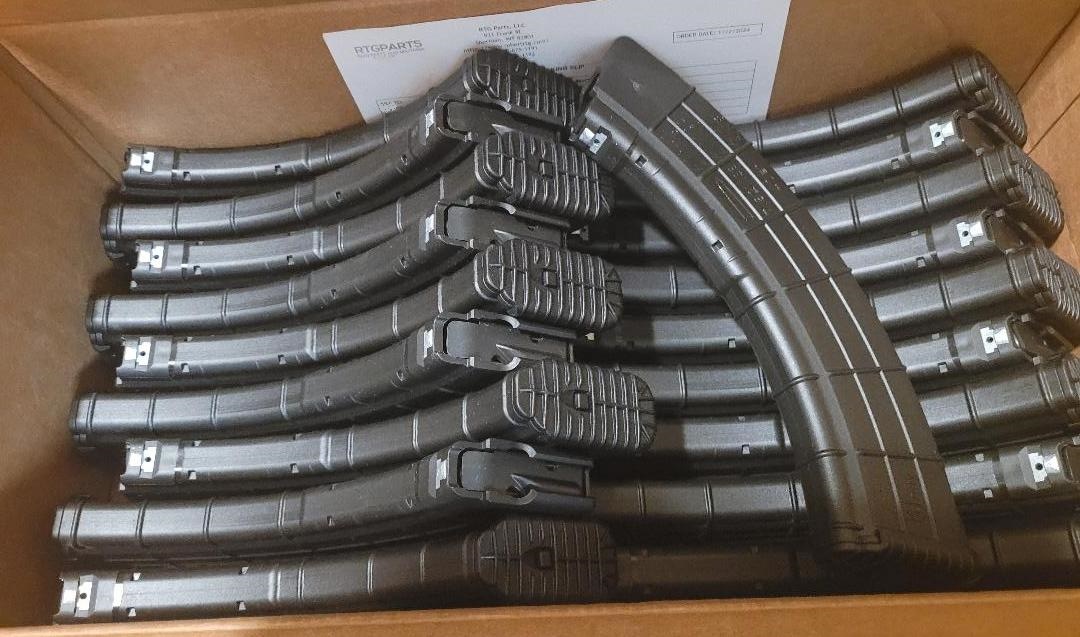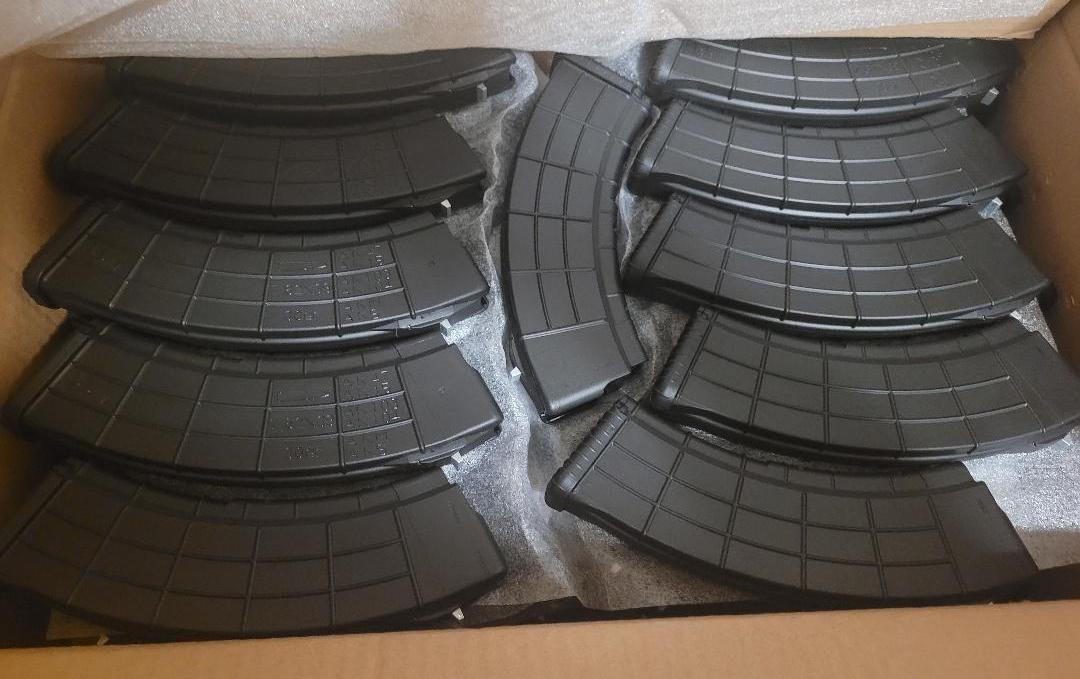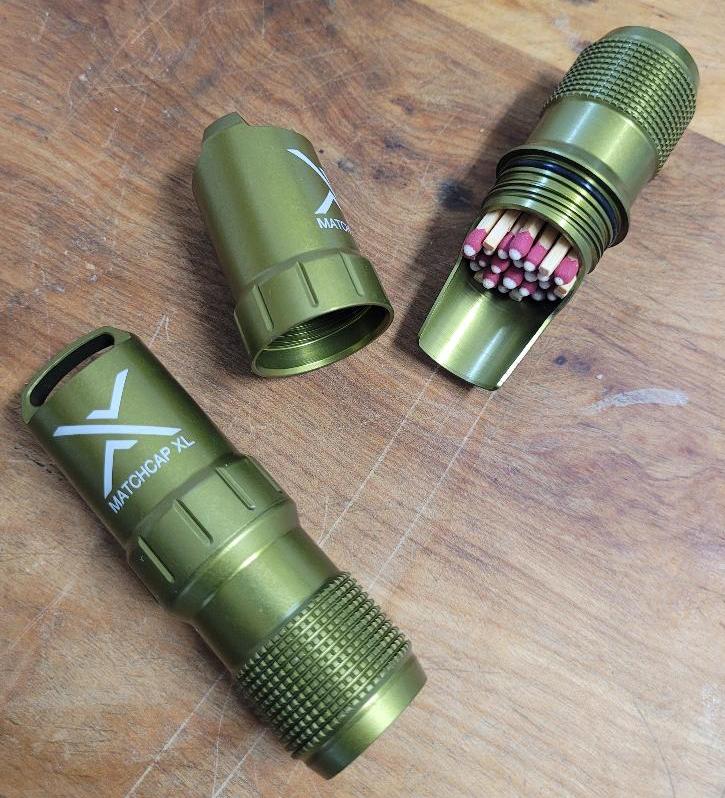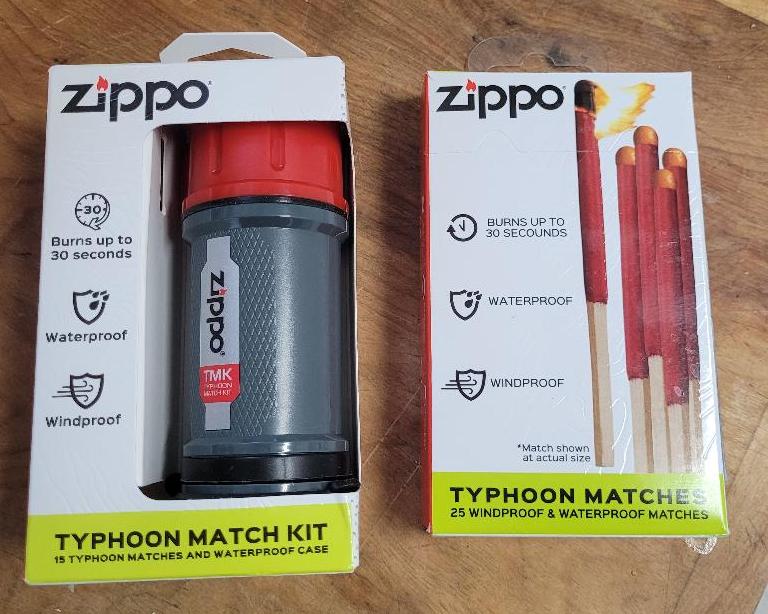Did you happen to read the Jack London story I linked to in my earlier post? Its rather short but it is absolutely worth the read. I have to hand it to London, he really wrote a very good story in that it conveys the increasing terror and horror of the main character as he realizes he’s going to have some frost nip, to losing a few toes, to losing his hands, feet, and part of his face, to finally realizing he’s going to die. What’s marvelously well done is that at each realization, the man recognizes the damage hes going to take but plays it down and accepts it…the notion that he’s actually in danger of losing his life doesn’t come to the end. Normalcy bias.
Anyway, in the story his fingers and hands are starting to freeze and he can’t manipulate his fingers into holding or lighting his matches. So he manages to hold one in his teeth, light it, and ignite the entire batch of matches in his frozen hands. Hardcore stuff.
Like I said, I carry a lighter, I carry lifeboat matches, and I even carry those cute striker devices. But if my hands are starting to freeze, and I’ve got maybe a minute until my fingers are frozen meat-n-bone popsicles, then I need a fire and I need it right now. Thats when I stop screwing around and go for one of these two devices:
Orion Safety – Fire Pit Pro – Fire Starter for Campfires, Bonfires & Fire Pits – Ignites Damp Wood & Burns up to 7 Minutes – Eco-Friendly – Self-Contained, Waterproof & Windproof Ignition
These babies are basically a sawed off road flare. In fact, a road flare, if you have room for it, is my first choice…theyre cheap and pretty easy to find. The Orion wind up being about $8 each in the 12-pack which is the economical way to go. I mean, you’ve got more than one pack and hideyhole that needs these things, right? Might as well get the dozen.
But, there is still a degree of manual manipulation required to light them. Not much more manipulation than striking a match, but when your hands are swinging from the ends of your arms like meat clubs, you need something with less dexterity requirements. For that last resort option, I love the marine hand flares.
Simply yank the string with your teeth and let ‘er rip. I buy these at gun shows for about $5 each and I always carry two in my bag. Always. They’re available on GunBroker apparently. The ones I get are expired from marine survival kits and lifeboats. As long as theyre in good condition, they work fine. I’ve used ones that expired well over a decade ago and they work perfectly…they have to, they were designed for some serious conditions.
While I’m coming to the end of my thoughts on this subject, I wonder if anyone took away what the real message of that Jack London story was. The message wasn’t that you should have a way to start a fire, or that you shouldnt build your fire under a tree weighed down with snow, or that you should keep your feet dry. No, no, no. The moral of that story was don’t ignore the warnings given to you by more experienced people. Not only should the man in the story have never gone out alone, he should not have gone out at all. He was warned by the old timer that the weather was far too cold, and the danger and risk far too great, to be out there. But the man didn’t listen, and as he came to realize the old man had been right, it was too late. The first rule of surviving any disaster is…what, guys? I’ve told you this before. Anyone? Bueller? Bueller? No? The first rule of surviving any disaster is: don’t be there.
If it’s -75 degrees out, don’t undertake to walk several miles in the snow to a cabin that will still be there in a few days when the temperature is warmer.
But, as I’ve said, even in Montana it can be a lovely July day that quickly becomes a hypothermic episode in the blink of an eye. So, forget what Smokey Bear says and always have at least several ways in your pocket to burn down the forest.

